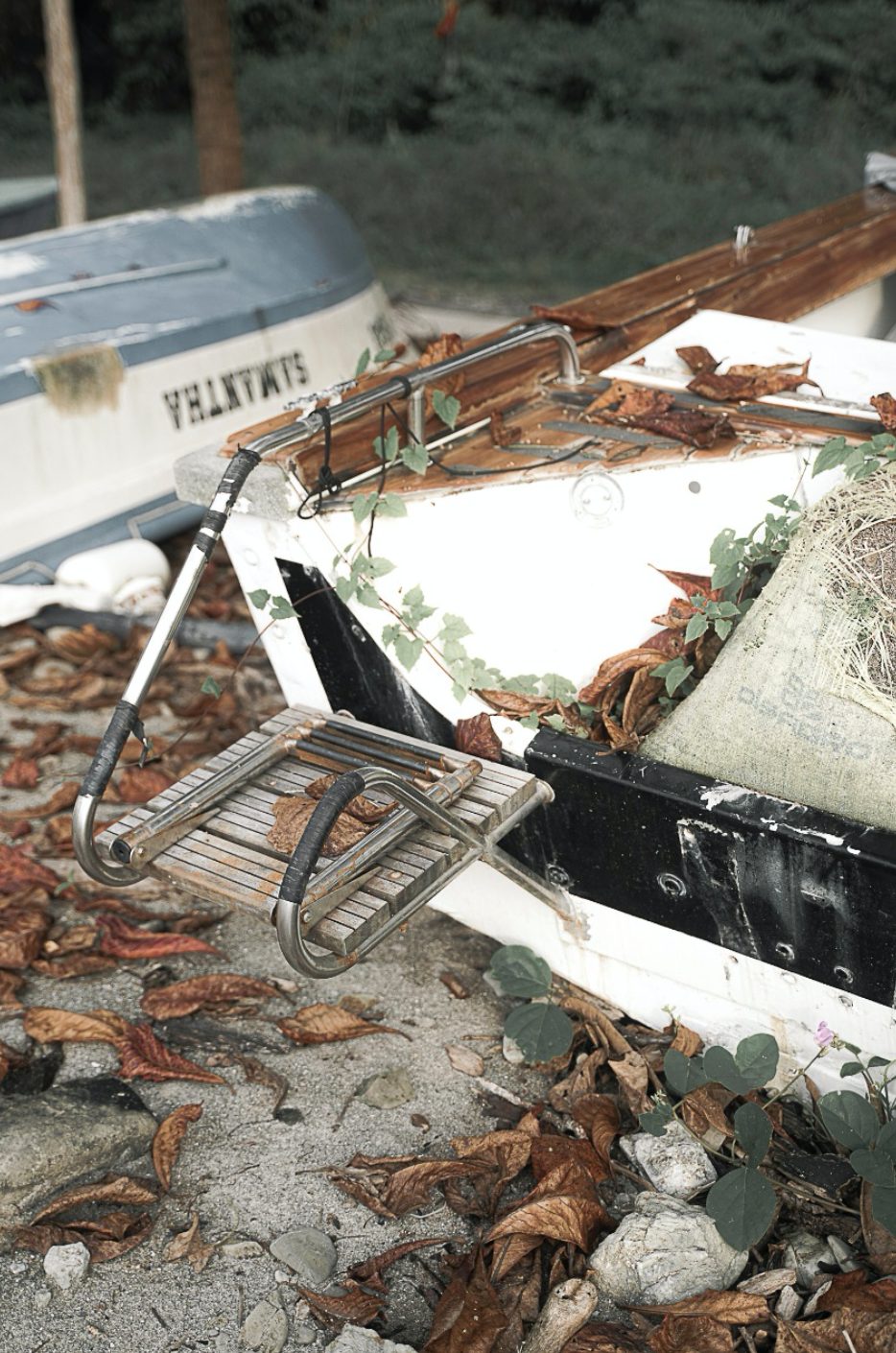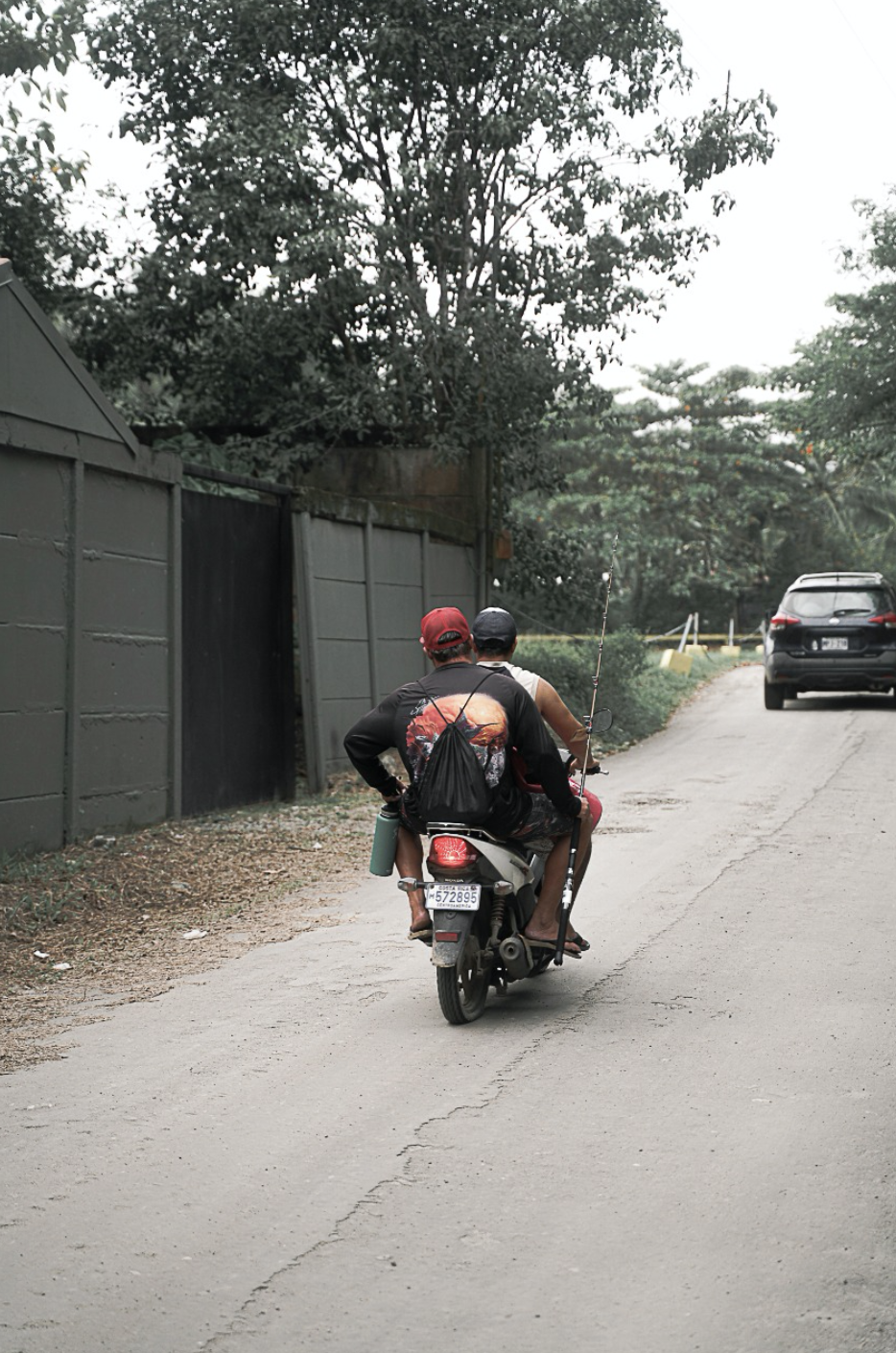Words by Arabella Thaïs
Pictures by Carlos Oberhausser
Malpais is somewhat of a sanctuary where flora and fauna far outweigh the presence of human activity.
The final outpost in a line of fishing villages strewn along the Peninsula’s Pacific coast, Malpais has a miniscule population of just over 1000 inhabitants. It has remained largely undeveloped and untarnished, unlike neighboring Santa Teresa, whose perfect white sandy beach and ultimate surf break attracts tourists from all over the world. Compared to Santa Teresa’s hustle and bustle, Malpais is somewhat of a sanctuary where flora and fauna far outweigh the presence of human activity. Unsurprisingly, then, after Malpais is an actual nature sanctuary: the Cabo Blanco Nature Reserve, which was the first of its kind in Costa Rica.
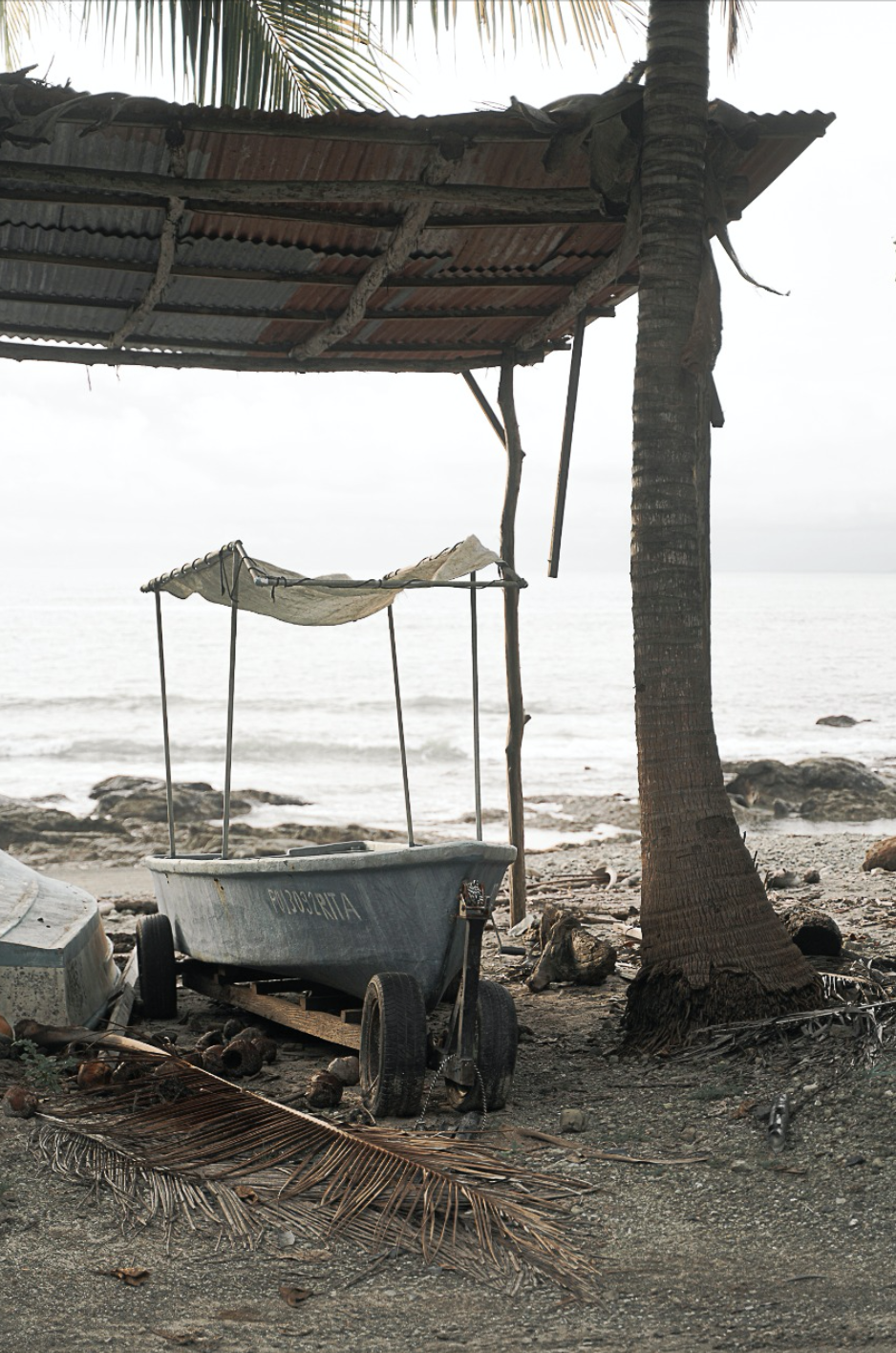
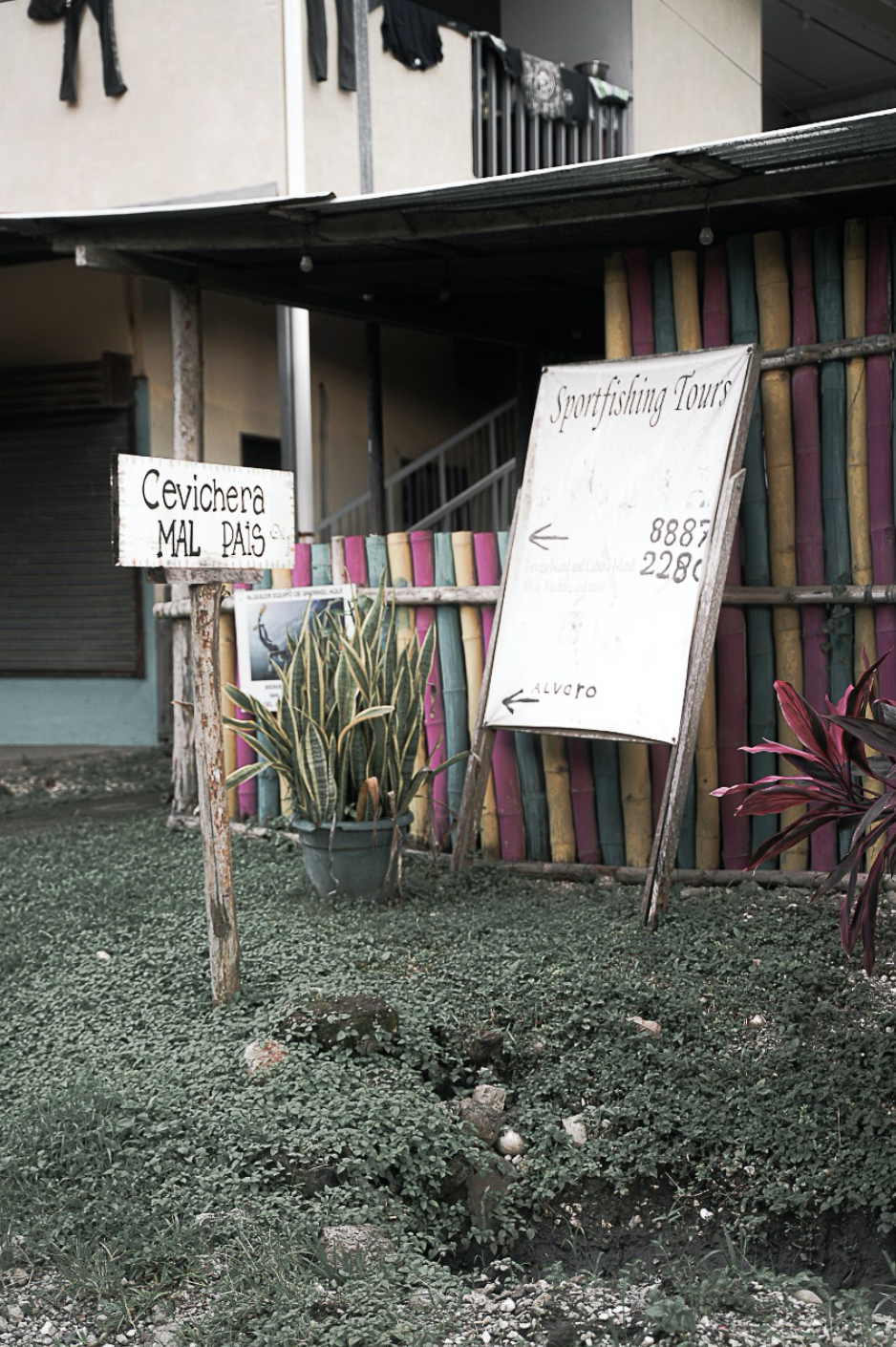
Directly translated, Malpais means ‘bad land’. There are various claims as to why this is – for instance, the fact that during dry season the various streams and rivulets that run through it disappear, making it a difficult land to cultivate. Perhaps this lack of cultivation, though, helps to preserve the sense of secrecy and seclusion inherent in Malpais – which is part of its appeal. But even though it is remote, Malpais feels secluded rather than isolated. Similarly, it lacks the hostility of true wilderness – such as you might find in the Sahara or the Arctic Tundra – and yet it is wild enough to invoke awe.
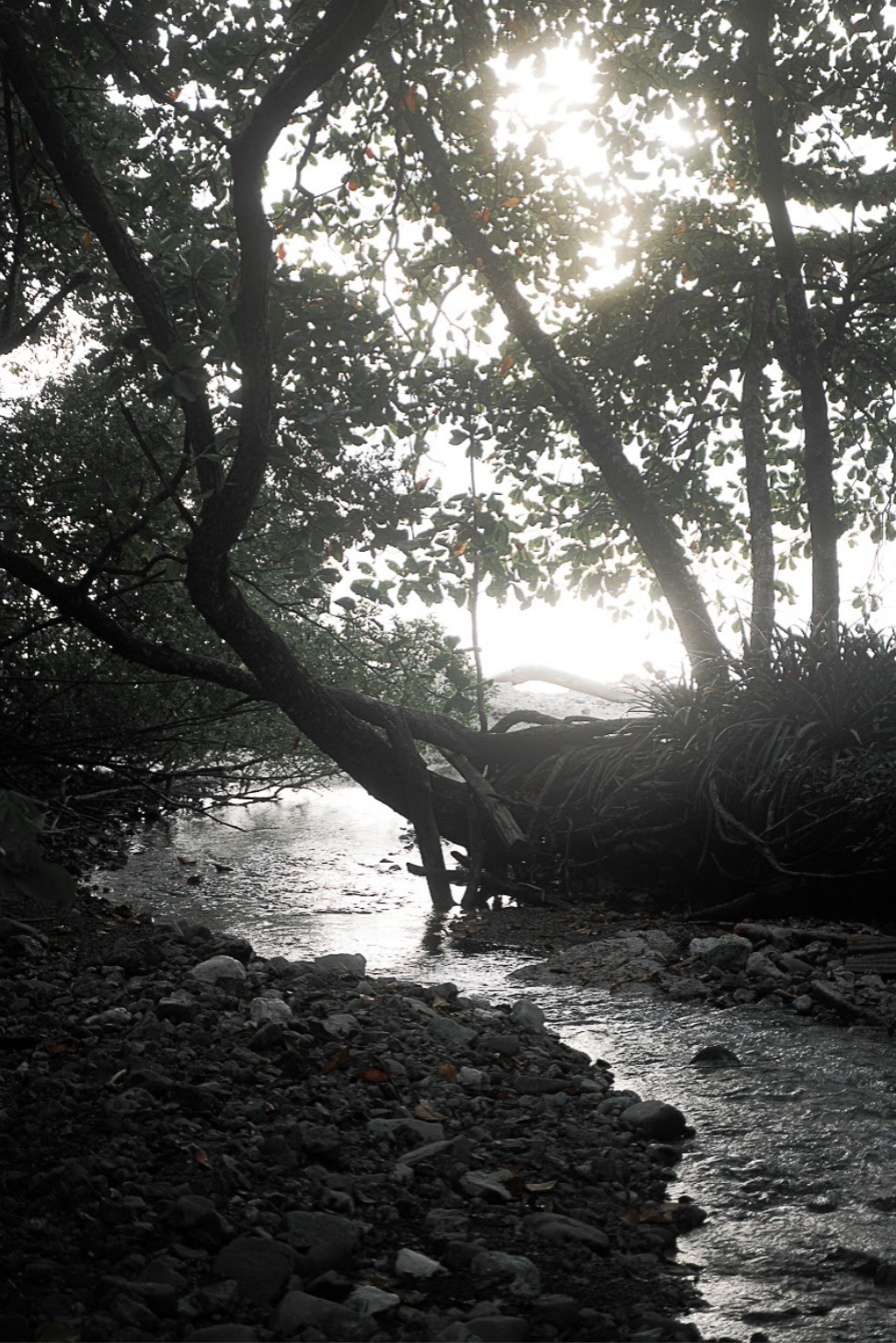
Only a stone’s throw away is the Malpais fishing village, where fisherman come and go, like the gentle rhythm of the tides coming in and going out, or the trees’ branches swaying in the breeze. This sets the pace and tone for Malpais’s laid-back atmosphere: moving easefully with nature’s diurnal rhythms. Here, in Malpais, the jungle is verdant and abundant and beautiful; the tide pools awash with crystal clear water; the air thick with the heady, intoxicating scent of tropical flowers, and the euphonious chorus of bird-song. There is a particularly special sort of magic, though, at golden hour – at dusk and dawn – when the sun streams down through the trees’ leaves in scintillating rivers of liquid light, and the howler monkeys’ cries echo across the jungle canopy. This is when Malpais really comes into its own – because the days begin and end with this sense of magic, with this sense of endless possibility. It is this sense of limitless possibility we wish to nurture and support at Zunya; hence why its location is so important.
